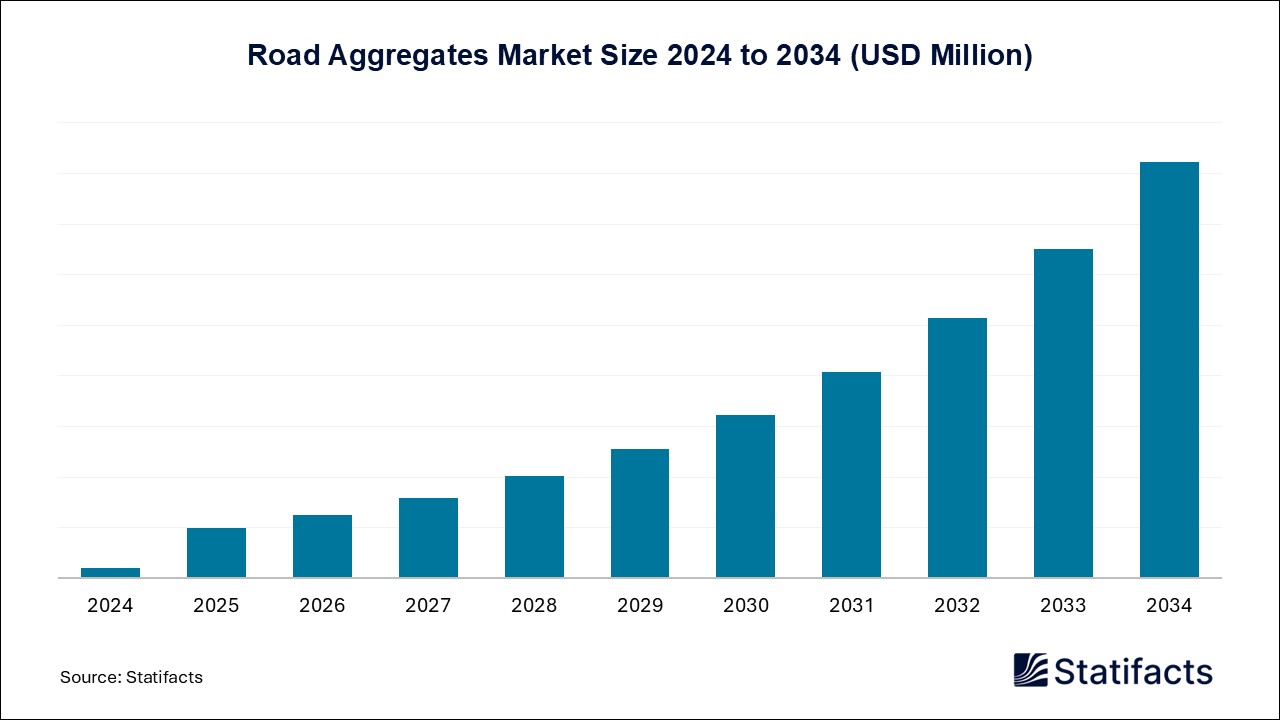

Our customers work more efficiently and benefit from
The global chemotherapy market size was evaluated at USD 9,550 million in 2024 and is expected to grow around USD 19,870 million by 2034, registering a CAGR of 7.6% from 2025 to 2034.
| Industry Worth | Details |
| Market Size in 2025 | USD 9,550 Million |
| Market Size by 2034 | USD 19,870 Million |
| Market Growth Rate from 2025 to 2034 | CAGR of 7.6% |
Chemotherapy is generally named a treatment using drugs or medicines that destroy the fast-growing cells in the body by employing powerful chemicals. The drugs can be utilized in combination or alone for the treatment of cancer. They are used to treat cancer. Chemotherapy for cancer treatment entails the use of numerous anticancer drugs with different mechanisms, viz, blocking cell division, triggering apoptosis, and aiming the cancer cells. Though it has gained widespread attention in cancer treatment, the adverse drug reactions exceed the therapeutic efficacy. However, antiangiogenic agents act on tumor blood vessels and prevent tumor growth and malignancy. It can be used alone as the primary treatment for cancer or in combination with other treatments, such as surgery, targeted therapy, radiation therapy, or immunotherapy.
Growing healthcare spending is anticipated to boost the growth of the chemotherapy market. Healthcare expenses are named the amount of money used on healthcare goods and services, which includes medical goods, long-term care, personal healthcare, and public health services. It is a vital part of healthcare systems, offering the essential resources to assist the delivery of healthcare services. Increased healthcare spending led to the growth of chemotherapy-associated solutions and services, offering accessibility to medical facilities and advanced treatments.
The rising expense of healthcare, which helps in developing its infrastructure, is a vital element impacting the growth rate of the market for chemotherapy drugs. Government organizations' initiatives to improve the healthcare infrastructure will eventually impact the market dynamics by raising funding. The rising expense of healthcare, which helps in developing its basis, is another critical element affecting the market growth for chemotherapy drugs. The chemotherapy market's growth rate is expected to rise by increasing chemo awareness and a rise in the number of patients receiving these treatments. The market for chemotherapy drugs will grow due to an older population.
Chemotherapy drugs decrease the number of WBCs. This has raised the risk of getting sick. People getting chemo are mostly at risk of neutropenia. This includes having a low number of cells that aid in fighting infection. This also irritates the skin. Rashes in hand-foot syndrome are common during chemotherapy. This may also be sensitive to sunlight, increasing the risk of sunburn. These side effects hinder the growth of the chemotherapy market.
In the sphere of cancer treatment, mainly chemotherapy, artificial intelligence (AI) targets understanding the interactions between patients and medications, attaining effective administration, forecasting patient tolerance and response, and upgrading treatment plans. In chemotherapy, AI models have appeared as powerful instruments for forecasting patient responses to different treatment rules, acknowledging more customized and effective strategies. In immunotherapy, AI determines genetic and imaging data to select ideal candidates for treatment and speculate responses. Targeted therapy has seen great progress with AI, aiding in the identification of specific molecular aims for monitored treatments.
AI plays a crucial role in surgery by providing real-time navigation and support, improving surgical precision. Thus, the synergy between AI and nanotechnology collaboration helps in the development of personalized nanomedicine, proposing more efficient and targeted cancer treatments. Many cancer-related deaths are upshot from medication resistance, contributing to treatment failure even in the early stages. Current therapy methods are based on cancer subtypes and genetic mutations, which vary in predictive power, mostly AI-based prediction algorithms to match patients with potent drugs. New developments in AI, mainly machine learning, have made prediction models superior in preclinical settings. By using existing data sets like molecular information and radiomics, together with patient and tumor characteristics, AI can assist in developing models that determine cancer early and offer personalized treatment plans.
New technologies will be used to manage the focus of chemotherapy in patients’ blood in real time. By monitoring its levels early in treatment, clinicians will eventually be able to alter doses to attain the ideal concentration. This will mean hardly any side effects and major tumor control for each patient.
Published by Rohan Patil , March 2025
For any questions about this dataset or to discuss customization options, please write to us at sales@statifacts.com
| Stats ID: | 8092 |
| Format: | Databook |
| Published: | March 2025 |
| Delivery: | Immediate |
| Price | US$ 1550 |

| Stats ID: | 8092 |
| Format: | Databook |
| Published: | March 2025 |
| Delivery: | Immediate |
| Price | US$ 1550 |

You will receive an email from our Business Development Manager. Please be sure to check your SPAM/JUNK folder too.

Unlock unlimited access to all exclusive market research reports, empowering your business.
Get industry insights at the most affordable plan
Stay ahead of the competition with comprehensive, actionable intelligence at your fingertips!
Learn More Download
Download
